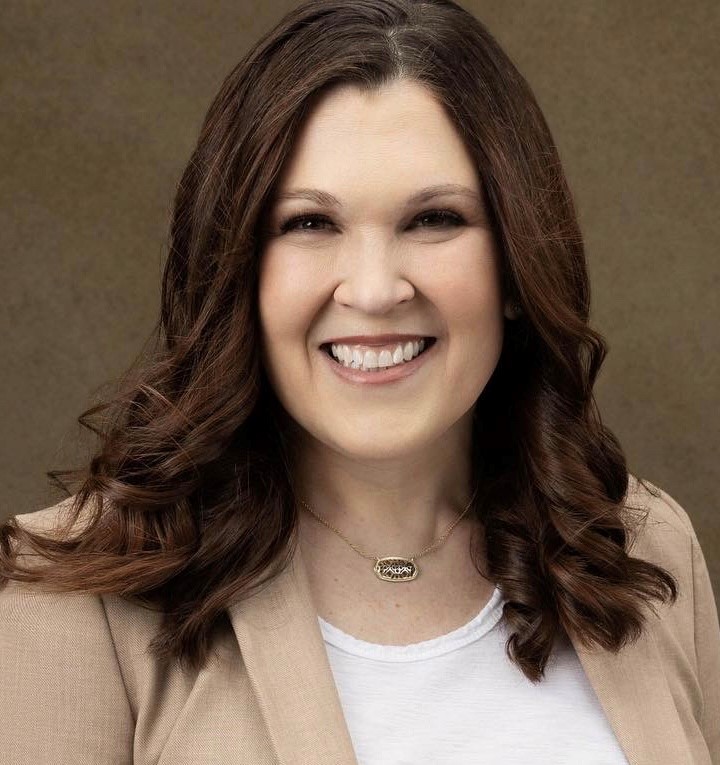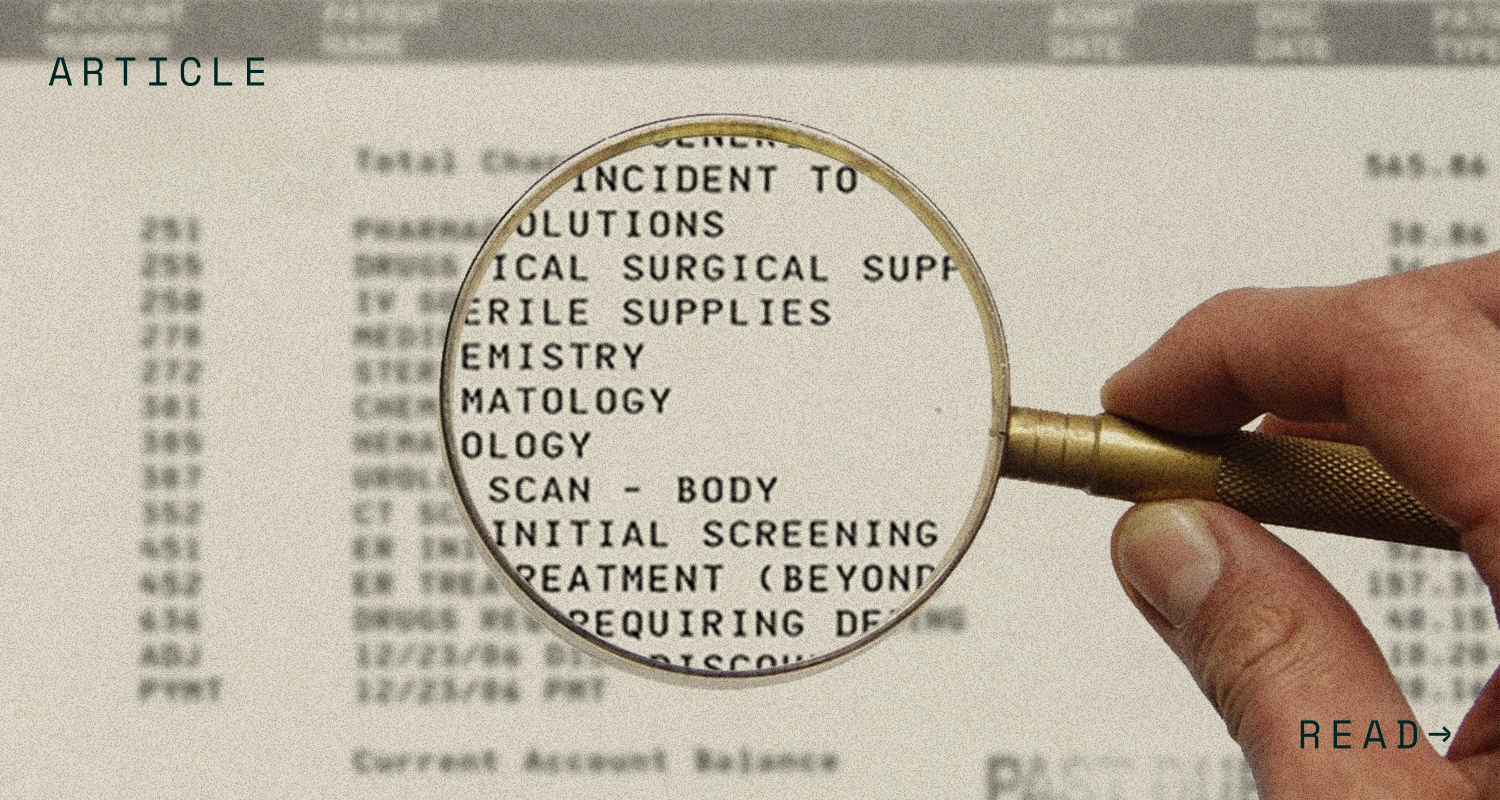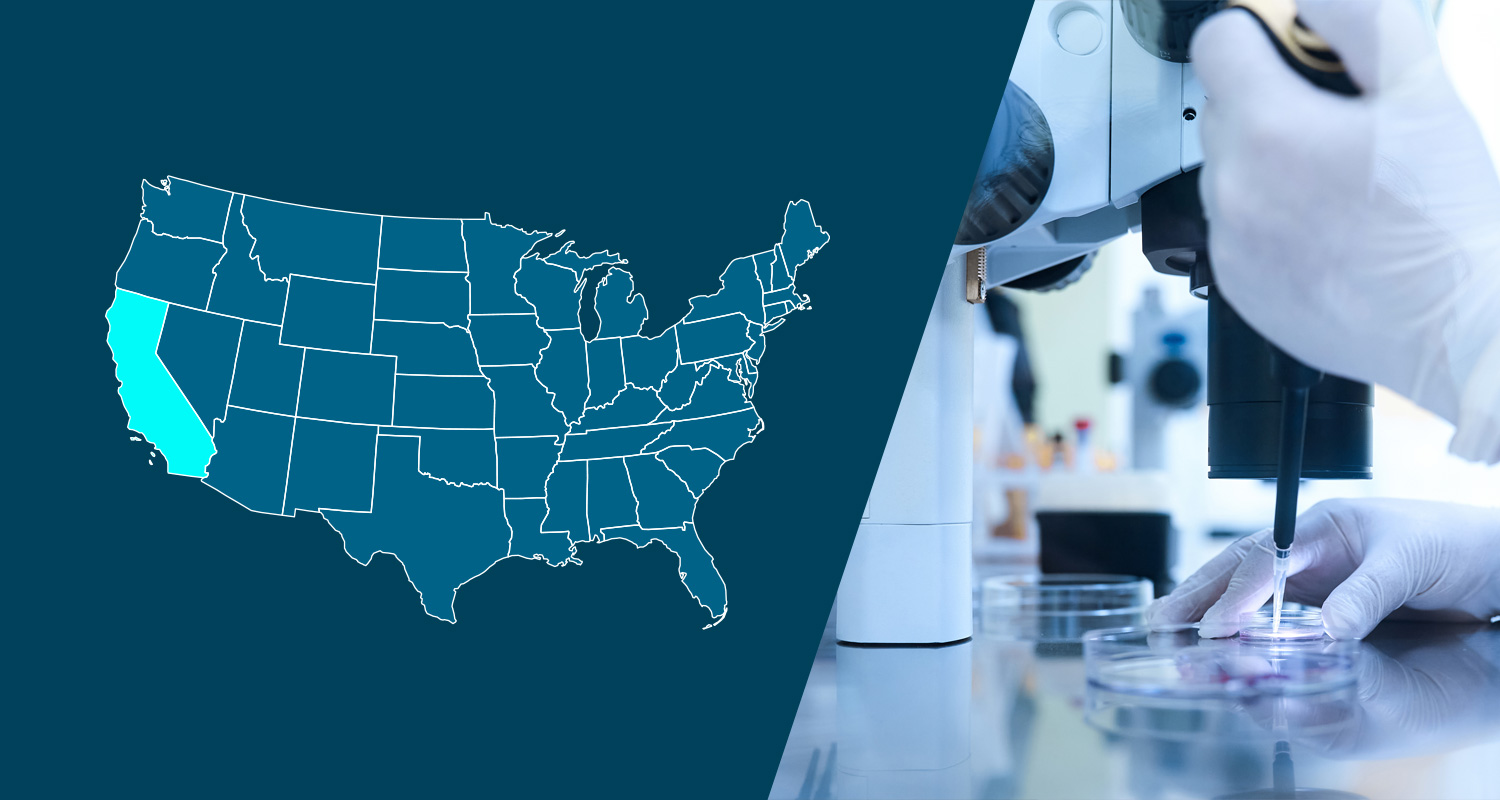UPDATED: On August 29, 2022, Governor Gavin Newsom signed Senate Bill (SB) 11261 into law, expanding the CalSavers requirements to most California employers. Effective January 1, 2023, the amended law expands the CalSavers requirements to any California employer with at least one employee who is not an owner of the business. These employers have until December 31, 2025, to register for CalSavers if they do not sponsor a qualified retirement savings plan.
California small businesses or nonprofits with at least five employees must now offer a retirement plan to all adult employees, according to California’s CalSavers Retirement Savings Program2.
The CalSavers Retirement Savings Program (“CalSavers Plan” or “the program”) is a state-run retirement program for private-sector employees who work for employers not offering a private-market retirement plan, such as a 401(k) plan.
Starting three years ago, California rolled small businesses and nonprofits into this program by business size. Organizations with 100+ employees were required to enroll in the CalSavers Plan by September 30, 2020 (which was extended due to COVID-19), and those with 50+ employees by June 30, 2021.
Now, small businesses and nonprofits with over five employees will join the program, with a recent enrollment deadline of June 30, 2022. Keep reading to learn five things about California’s retirement plan program and how it may affect your business and employees.
1. Which employers must offer the CalSavers Plan?
California for-profit or non-profit employers with five or more employees must give employees access to the CalSavers Plan if they do not sponsor a “qualified retirement savings plan3.” Qualified retirement savings plans include:
- 401(a) plans (such as profit-sharing plans),
- 401(k) plans,
- 403(b) plans (often called tax-sheltered annuity plans),
- Simplified Employee Pension (SEP) plans,
- Savings Incentive Match Plan for Employees of Small Employers (SIMPLE) IRA plans, and
- Individual retirement account (IRA) payroll deductions (with automatic enrollment)
If the employer provides a qualified retirement savings plan, they must notify the state of the exemption from the CalSavers Plan by requesting an exemption4.
If employers did not notify the state by June 30, 2022, they still have time to either offer the CalSavers Plan to their employees or opt-out of the program if they offer a qualified retirement savings plan. However, if an employer receives a notice from the state about its non-compliance with the CalSavers program, then the employer has 90 days to comply before facing a fine.
See more about penalties for non-compliance below.
2. Are all employees eligible to participate in the CalSavers Plan?
A participating employer’s employees are eligible to participate in the CalSavers Plan if they are over eighteen years of age and legally treated as an employee in the State of California. Additionally, employees may participate in the CalSavers Plan, starting on their first day of employment with a new employer. In other words, a waiting period is not required. Employers must upload required information about participating employees within 30 days of their hire date through the program’s employer portal5.
Employees who do not want to participate in the CalSavers Plan may opt out.
- Calling the CalSavers automated phone system at 855.650.6918;
- Emailing clientservices@calsavers.com;
- Opting out online6; or
- Downloading, completing, and mailing in a paper opt-out form7.
When opting out, employees must provide the last four numbers of their social security number or individual tax identification number, date of birth, and zip code.
3. Can the CalSavers Plan automatically enroll employees?
California state law requires that the CalSavers Plan automatically enroll participants. For example, if the employee does not set up their account within 30 days after their employer provides the necessary information, then the CalSavers Plan will automatically enroll the employee into the CalSavers Plan.
4. What types on contributions does the CalSavers Plan permit?
The CalSavers Plan only accepts employee contributions. Employer contributions are not permitted.
Once enrolled, employees can choose their contribution rate as well as their investments. If an employee does not choose their own contribution rate, the CalSavers Plan will enroll the employee at five percent of their gross pay.
An employee’s contributions begin after the first payroll following the initial 30-day notification period, when the employer uploads required information about participating employees.
Employers have limited involvement at this point; however, they are responsible to deduct and remit employees’ contributions. Because of this limited employer involvement, employers are not fiduciaries to the CalSavers Plan nor do they pay any fees to the state if their employees participate in this program.
5. What are the penalties for non-compliance?
If employers do not enroll eligible employees timely, they must pay a penalty of $250 per eligible employee for any non-compliance extending 90 days or more beyond notification by the CalSavers Plan. If non-compliance extends 180 days or more beyond this notification, employers must pay an additional penalty of $500 per eligible employee, potentially totaling $750 in penalties per eligible employee.
Action Steps for Employers with California Employees
Employers with California employees should take the following actions:
- If a California for-profit or non-profit employer with five or more employees does not offer a “qualified retirement savings plan,” the employer should register their company on the CalSavers website. Once registered, the employer will add their employees’ information and then submit employees’ contributions with each payroll. The CalSavers website offers guided support8 for each step of this process. website. Once registered, the employer will add their employees’ information and then submit employees’ contributions with each payroll. The CalSavers website offers guided support9 for each step of this process.
- If employer does offer a “qualified retirement savings plan,” the employer will still need to register their company on the CalSavers website, as described above. Once registered, the employer can request an exemption10 from the state’s retirement program. This process only takes a few minutes to complete.
We have yet to see any enforcement of the CalSavers program for companies already providing a qualified retirement savings plan; however, we will likely see enforcement in the coming months.
Additional Resources
- CalSavers Retirement Savings Program11
- CalSavers Retirement Savings Program, Top Questions for Employers and Savers12
- California Senate Bill 1126, “CalSavers: retirement savings.” [amended] https://leginfo.legislature.ca.gov/faces/billTextClient.xhtml?bill_id=202120220SB1126
- The Cal Savers Retirement Savings Trust Act, Title 21, California Legislature (2020). https://leginfo.legislature.ca.gov/faces/codes_displayText.xhtml?lawCode=GOV&division=&title=21.&part=&chapter=&article=
- Cal Savers Retirement Savings Program. (n.d.) Frequently Asked Questions. Retrieved July 11, 2022, from https://www.calsavers.com/home/frequently-asked-questions.html.
- Cal Savers Retirement Savings Program. (n.d.) Welcome to CalSavers. Retrieved July 11, 2022, from https://employer.calsavers.com/.
- CalSavers Retirement Savings Program. (n.d.) Welcome to CalSavers. Retrieved July 11, 2022, from https://employer.calsavers.com/.
- CalSavers Retirement Savings Program. (n.d.) Frequently Asked Questions. Retrieved July 11, 2022, from https://www.calsavers.com/home/frequently-asked-questions.html.
- CalSavers Retirement Savings Program. (n.d.) Account Access for Savers. Retrieved July 11, 2022, from https://saver.calsavers.com/californiaeetpl/auth/sessionCreate/viewCollectUsername.cs.
- CalSavers Retirement Savings Program. Employee Opt Out Form. Retrieved July 11, 2022, from https://cdn.unite529.com/jcdn/files/CAEE/pdfs/en_US/optout.pdf.
- Cal Savers Retirement Savings Program. (n.d.) Guided Support. Retrieved July 11, 2022, from https://employer.calsavers.com/home/employers/support.html.
- id.
- Cal Savers Retirement Savings Program. (n.d.) Welcome to CalSavers. Retrieved July 11, 2022, from https://employer.calsavers.com/.
- CalSavers Retirement Savings Program. (n.d.) Your Money. Your Future. Retrieved July 11, 2022, from https://www.calsavers.com/.
- CalSavers Retirement Savings Program. (n.d.) Frequently Asked Questions. Retrieved July 11, 2022, from https://www.calsavers.com/home/frequently-asked-questions.html.
Pensionmark Financial Group, LLC (“Pensionmark”) is an investment adviser registered under the Investment Advisers Act of 1940. Financial Advisors at Pensionmark may also be registered representatives of Pensionmark Securities, LLC (member SIPC), which is affiliated with Pensionmark through common ownership.
Disclaimer: This content is intended for informational purposes only and should not be construed as legal, medical or tax advice. It provides general information and is not intended to encompass all compliance and legal obligations that may be applicable. This information and any questions as to your specific circumstances should be reviewed with your respective legal counsel and/or tax advisor as we do not provide legal or tax advice. Please note that this information may be subject to change based on legislative changes. © 2022 Sequoia Benefits & Insurance Services, LLC. All Rights Reserved




